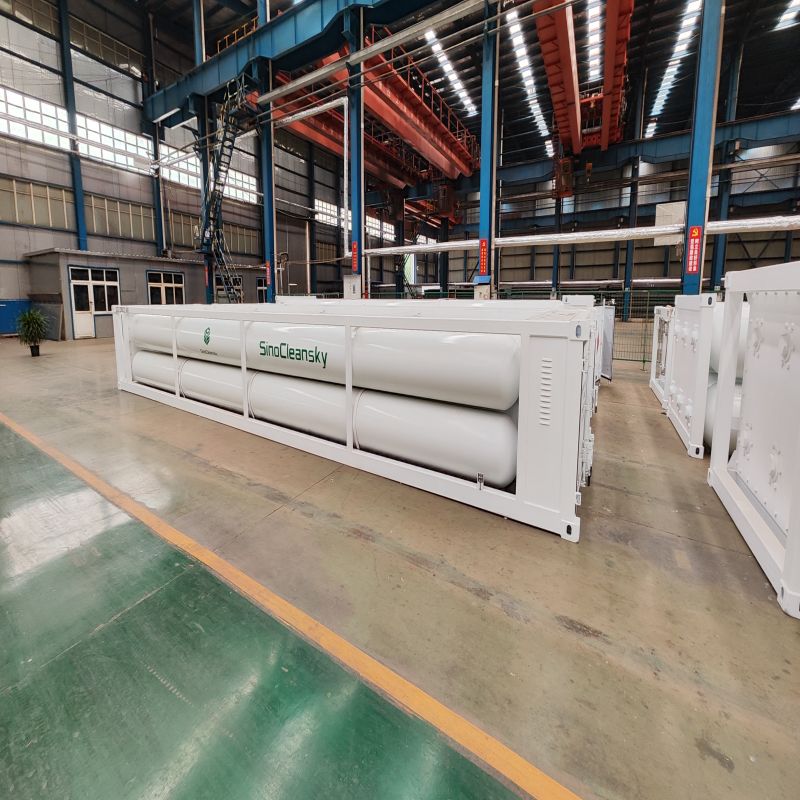Innovative Strategies for Keeping Concrete Slabs Cool: A Comprehensive Guide
Concrete slabs are a fundamental component in various construction projects, from residential foundations to commercial flooring. However, one of the challenges associated with concrete is its tendency to absorb and retain heat, particularly in warmer climates. This can lead to discomfort in indoor environments, increased energy costs for cooling, and even structural issues over time. In this article, we will explore effective strategies to keep concrete slabs cool, ensuring a comfortable and energy-efficient environment.
Understanding the Heat Retention of Concrete
Before delving into cooling strategies, it's essential to understand why concrete retains heat. Concrete has a high thermal mass, meaning it can absorb and store heat from the sun and surrounding environment. This property can be beneficial in cooler climates, where it helps maintain warmth. However, in hotter regions, this can lead to elevated indoor temperatures, necessitating effective cooling solutions.
- Utilizing Reflective Coatings
One of the most effective ways to keep concrete slabs cool is by applying reflective coatings. These coatings are designed to reflect sunlight rather than absorb it, significantly reducing the heat buildup on the surface.
- Types of Reflective Coatings: There are various types of reflective coatings available, including elastomeric roof coatings and specialized concrete sealers. These products often contain reflective pigments that can lower surface temperatures by up to 30%.
- Application Process: Proper surface preparation is crucial for the effectiveness of these coatings. The concrete should be cleaned and allowed to dry completely before application. Following the manufacturer’s instructions for application will ensure optimal performance.
- Incorporating Shade Structures
Creating shaded areas around concrete slabs can drastically reduce their temperature. Shade structures can be natural, such as trees, or artificial, such as awnings and pergolas.
- Natural Shade: Planting trees strategically around the property can provide long-term shade. Deciduous trees are particularly effective, as they provide shade in the summer while allowing sunlight to penetrate in the winter.
- Artificial Shade: Installing awnings or pergolas can offer immediate relief from the sun. These structures can be designed to complement the architecture of the building while providing functional shade.
- Implementing Cool Pavement Technologies
Cool pavement technologies are designed to reflect more sunlight and absorb less heat than traditional concrete. These technologies can be particularly effective in urban areas where heat islands are prevalent.
- Permeable Pavements: These allow water to infiltrate through the surface, reducing heat buildup and promoting cooling through evaporation. They also help manage stormwater runoff, making them an environmentally friendly option.
- Light-Colored Concrete: Using lighter-colored concrete mixes can significantly reduce heat absorption. The lighter the color, the more sunlight is reflected, leading to cooler surface temperatures.
- Enhancing Airflow and Ventilation
Improving airflow around concrete slabs can help dissipate heat. This can be achieved through various architectural and landscaping techniques.
- Ventilation Systems: Installing ventilation systems that promote air circulation can help maintain cooler temperatures. This is particularly important in enclosed spaces where heat can become trapped.
- Landscaping for Airflow: Designing landscaping to facilitate airflow can also be beneficial. For instance, creating pathways or using low-lying plants can help direct breezes toward concrete surfaces.
- Utilizing Insulation Techniques
Insulating the concrete slab can prevent heat transfer from the ground into the building. This is particularly important in climates with significant temperature fluctuations.
- Insulation Materials: Rigid foam insulation boards can be placed beneath the concrete slab during construction. This creates a thermal barrier that minimizes heat transfer.
- Reflective Insulation: In addition to traditional insulation, reflective insulation materials can be used to further reduce heat gain. These materials reflect radiant heat away from the slab, keeping the surface cooler.
- Water Features for Evaporative Cooling
Incorporating water features, such as fountains or ponds, can provide a natural cooling effect through evaporation.
- Evaporative Cooling: As water evaporates, it absorbs heat from the surrounding environment, effectively lowering the temperature of the air and surfaces nearby.
- Aesthetic Benefits: Water features not only cool the environment but also enhance the aesthetic appeal of the property, creating a serene atmosphere.
Conclusion
Keeping concrete slabs cool is essential for maintaining comfortable indoor environments and reducing energy costs. By implementing a combination of reflective coatings, shade structures, cool pavement technologies, enhanced airflow, insulation techniques, and water features, property owners can effectively manage heat retention in concrete. These strategies not only improve comfort but also contribute to the longevity of the concrete and the overall sustainability of the building. As climate change continues to impact global temperatures, adopting these innovative cooling solutions will become increasingly important in construction and landscaping practices.

Average Rating